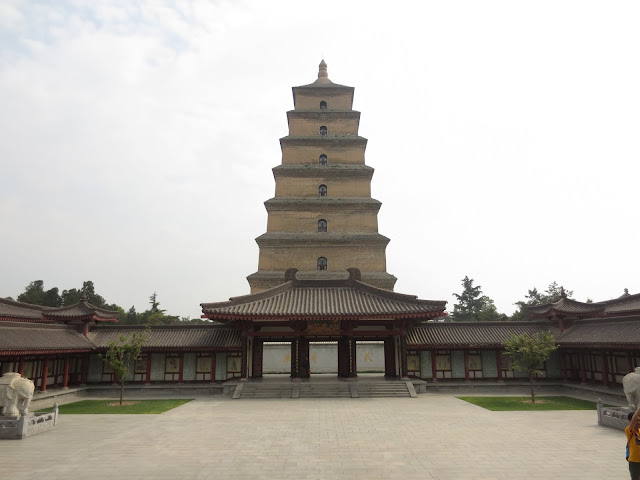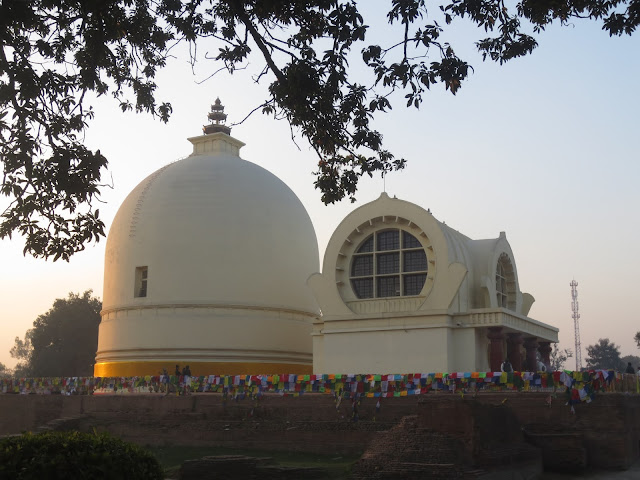China
boasts the most ancient recorded history, and a rich and interesting culture.
Officially, most Chinese do not follow any religion now; but the number of
those returning to the traditional religions is slowly growing, particularly
Buddhism and Taoism, the autochthonous philosophy/religion that shares many
traits with Buddhism. Add to these, folk religions (often mixed with Taoism),
the cult of ancestors and, last but not least, Confucianism. Even though
thousands of religious structures were destroyed during the harshest days of
Communism, many survived and are still extant, and the government, having
changed its attitude, is now striving to restore and build anew. As yet another
instance of Man’s limitations (if not stupidity) in his long history, Marx’s statement on religion being the opium of the masses
was taken to the letter by most Communist regimes – including China, infamously
– in spite of the fact that Marx most likely had no knowledge of Buddhist
philosophy. I first travelled to China in 2010, when I visited several Buddhist
temples. But only five years later, during a trip to Chongqing and Chengdu, did
I manage to visit one of its most remarkable and important Buddhist sites, the Dafo,
the Giant Buddha of Leshan near Chengdu, a UNESCO World Heritage Site and one
of the cultural treasures of China, together with several others such as the
Buddhist paintings and sculptures located in various caves and on cliffs in
different parts of the country.
 |
| The Yi Ta and San Ta pagodas near old Dali (China) |
 |
| Daxingshan Temple (Xi'an) |
 |
| Giant Wild Goose Pagoda (Xi'an) |
 |
| Giant Wild Goose Pagoda (Xi'an) |
 |
| Wenshu Yuan, Chan temple in Chengdu |
 |
| Wenshu Yuan (Chengdu) |








Comments
Post a Comment